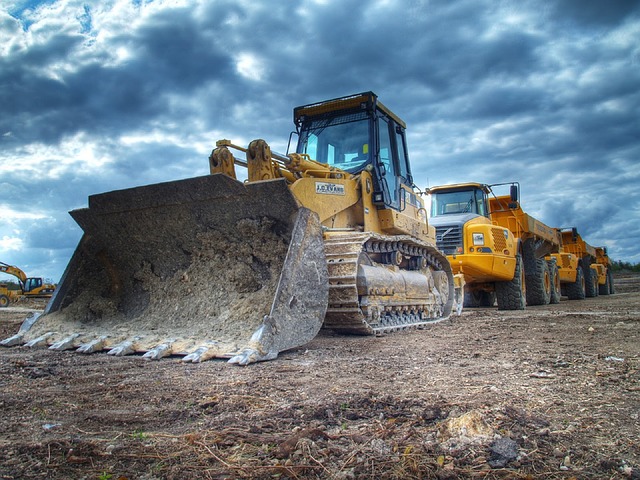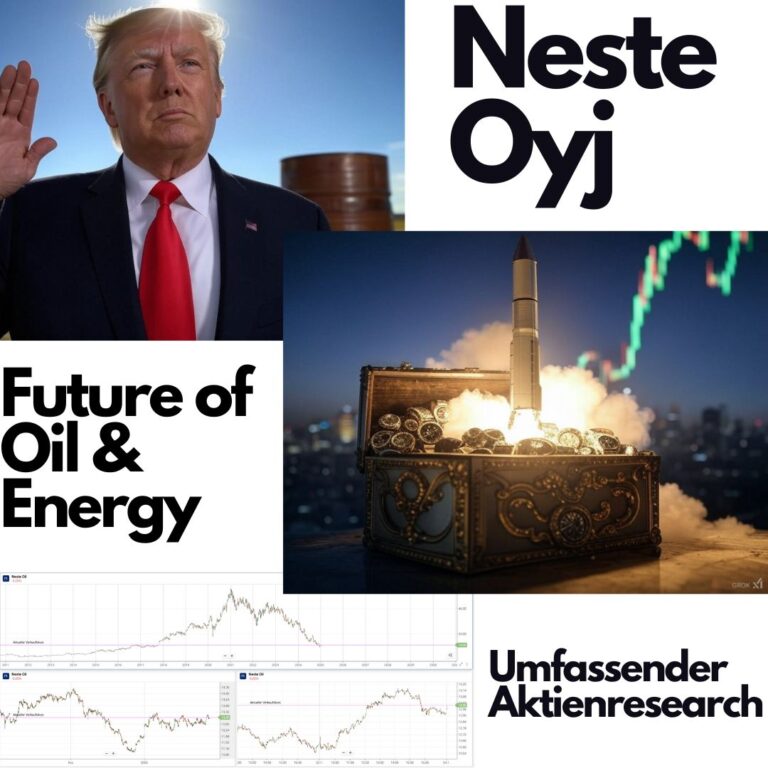Rising global demand for raw materials and the associated increase in raw material prices are currently causing the business of the major mining groups to boom strongly. One of the groups benefiting from this is Rio Tinto. The British-Australian mining group is one of the three largest mining companies in the world, alongside BHP and Vale.
Raw material mining on a grand scale
The multinational mining group Rio Tinto was founded as early as 1873. From the company’s headquarters in London, the activities of the two main divisions of Australian Rio Tinto Limited and British Rio Tinto Plc. managed and coordinated. To this end, numerous subsidiaries support the Group in the extraction and marketing of its products.
The company focuses mainly on the exploration, development and mining of minerals. Rio Tinto is primarily engaged in the mining of aluminum, gold, copper, diamonds as well as industrial metals and other minerals. Rio Tinto is also active in coal, uranium and iron ore mining.
Currently, Rio Tinto is considered the world’s largest aluminum producer. But Rio Tinto is also on course for growth in the other production sectors. For example, sales of iron ore are expected to rise from 325 million tons to around 340 million tons in 2021, and copper mining is also expected to increase strongly thanks to an increase in investment of US$7.5 billion in both 2021 and 2022.
Geographical focus
Rio Tinto is active on all continents of the world, with the main focus of mineral mining in Australia and North America. However, the mining group also operates mines in Europe, Asia, Africa and South America.
The various raw materials are extracted both by open-pit and underground mining. Rio Tinto also operates refineries, smelters and mills, as well as various research and service facilities.
Investing in the future
The mining group is constantly working to increase and expand the output of mined raw materials. The Group plans to invest billions of euros in this area every year. Rio Tinto is not focusing exclusively on aluminum, iron ore, copper, gold and diamonds, the most profitable raw materials for the Group.
Just a few months ago, for example, the mining group announced investments of US$2.4 billion to build a lithium mine in Jadar, Serbia. In addition to boric acid and sodium sulfate, up to 58,000 tons of lithium carbonate are expected to be mined there in underground mining starting in 2026.
Rising global demand for raw materials and the associated increase in raw material prices are currently causing the business of the major mining groups to boom strongly. One of the groups benefiting from this is Rio Tinto. The British-Australian mining group is one of the three largest mining companies in the world, alongside BHP and Vale.
Raw material mining on a grand scale
The multinational mining group Rio Tinto was founded as early as 1873. From the company’s headquarters in London, the activities of the two main divisions of Australian Rio Tinto Limited and British Rio Tinto Plc. managed and coordinated. To this end, numerous subsidiaries support the Group in the extraction and marketing of its products.
The company focuses mainly on the exploration, development and mining of minerals. Rio Tinto is primarily engaged in the mining of aluminum, gold, copper, diamonds as well as industrial metals and other minerals. Rio Tinto is also active in coal, uranium and iron ore mining.
Currently, Rio Tinto is considered the world’s largest aluminum producer. But Rio Tinto is also on course for growth in the other production sectors. For example, sales of iron ore are expected to rise from 325 million tons to around 340 million tons in 2021, and copper mining is also expected to increase strongly thanks to an increase in investment of US$7.5 billion in both 2021 and 2022.
Geographical focus
Rio Tinto is active on all continents of the world, with the main focus of mineral mining in Australia and North America. However, the mining group also operates mines in Europe, Asia, Africa and South America.
The various raw materials are extracted both by open-pit and underground mining. Rio Tinto also operates refineries, smelters and mills, as well as various research and service facilities.
Investing in the future
The mining group is constantly working to increase and expand the output of mined raw materials. The Group plans to invest billions of euros in this area every year. Rio Tinto is not focusing exclusively on aluminum, iron ore, copper, gold and diamonds, the most profitable raw materials for the Group.
Just a few months ago, for example, the mining group announced investments of US$2.4 billion to build a lithium mine in Jadar, Serbia. In addition to boric acid and sodium sulfate, up to 58,000 tons of lithium carbonate are expected to be mined there in underground mining starting in 2026.
Construction of the new mine is scheduled to begin in 2022. According to Rio Tinto, the full production level will be reached in 2029. With this project, the group hopes to gain an important role in the production of batteries and would enter the top ten of the world’s largest lithium producers. Around 1000 new jobs are planned for the new Jadar mine site, as well as around 2100 jobs for construction.







